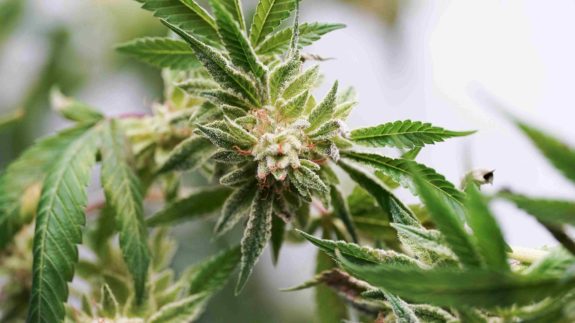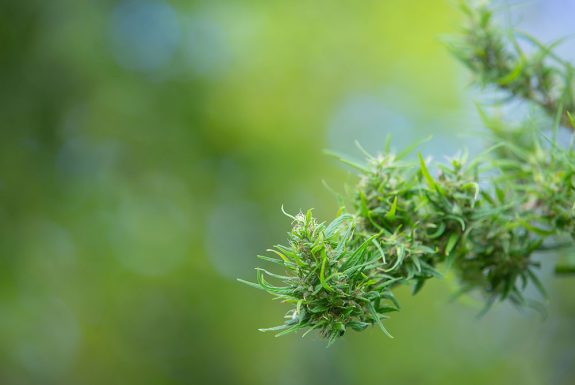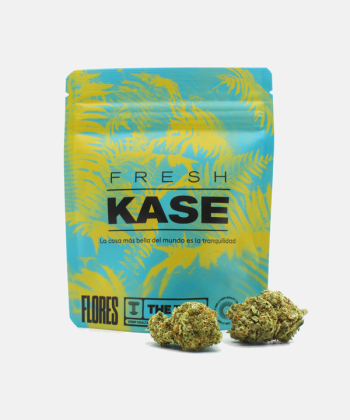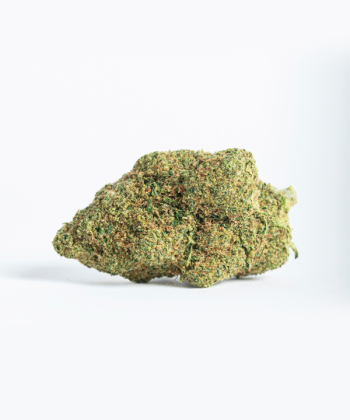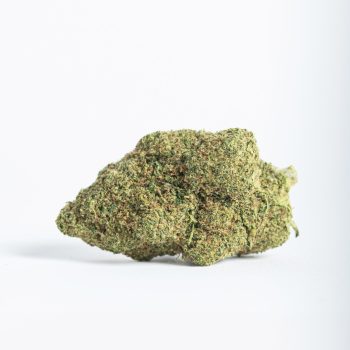The main difference between male and female marijuana is their flowers, which form their reproductive organs. While female marijuana is responsible for producing the seeds that will give rise to new plants, male marijuana is responsible for producing the pollen that will fertilise the female flowers for the production of these seeds.
In the world of cannabis cultivation, understanding the difference between male and female plants is crucial. Although at first glance they may appear similar, the differences between these two types of plants are critical to the production of CBD products.
Female plants are the most valued by growers because of their buds rich in terpenes and cannabinoids, including CBD. On the other hand, male plants play a very important role in reproduction, but their presence can negatively affect bud production if not handled correctly.
In this article, we will explore in depth the characteristics that differentiate male marijuana plants from females, how to identify them and why it is necessary to do so.
Characteristics of female marijuana plants: why they are so appreciated
As the flowers of cannabis plants are their reproductive organs, there is a clear morphological difference between females and males. The flowers of female plants are prepared for seed formation, while those of male plants specialise in pollen production.
Also, the flowers of female cannabis plants have a large number of trichomes, which make up their resin. These are small crystalline structures that look like white hairs that cover the buds.
These are glands specialised in the production of cannabinoids and terpenes, so they are responsible for the production of THC, CBD and other compounds responsible for the effects that cannabis can exert.
In other words: unlike the flowers of male plants, the buds of female plants do produce active substances. That is, they generate compounds capable of interacting with the mammalian endocannabinoid system, producing various effects.
If female plants produce seeds, why don’t these seeds usually appear in the buds?
When male flowers release their pollen into the environment, it can travel several kilometres, being carried by the wind to fertilise the pistils of a female flower. This phenomenon would result in the formation of seeds by the fertilised female.
However, when a plant starts to form seeds, the number of trichomes produced is reduced, as is the level of active substances they produce. Since, once pollinated, the plant’s primary mission becomes the formation of healthy seeds that will produce vigorous offspring, resin production takes a back seat.
In addition, for cannabis users, who normally smoke the female flowers, it is very annoying to be constantly encountering seeds, as these are not smoked, so they need to put them aside. If they inadvertently smoke any seeds, they will produce a very bad smell when burnt and give a bad taste to the flowers.
For both reasons, cannabis users prefer seed-free female flowers, as they contain a higher level of active substances and the seeds do not have to be removed for consumption.
Our CBD flowers are of the highest quality, so they are seed-free, faithfully reproducing the appearance and aroma of traditional marijuana, but without THC. This is a collector’s item not intended for human consumption. Therefore, any use other than this constitutes a misuse of the product.
How do you get seedless buds?
To obtain seedless flowers it is necessary to grow only female plants in an isolated environment where they cannot be pollinated. In the past, all kinds of seeds were planted and when the plants started to flower, before they became sexually mature, the male plants were identified and uprooted to avoid pollination.
This entailed a large investment of time and resources, as space, water and fertiliser had to be devoted to plants that were not going to produce any return. However, there was no other way to sex the plants.
Nowadays, however, cannabis growers tend to plant using what is known as feminised seed. This is a type of seed that will produce a female plant with 99.9 per cent certainty.
Although it sounds like magic, it is science that allows this to happen, so cannabis growers can save a great deal of resources and ensure that all plants in the crop will be female.
This is achieved by reversing the sex of a female plant using a substance called silver thiosulphate. In a very simplified way, this compound inhibits the production of female hormones, so that the plant in question starts to produce male flowers, although genetically it is still female.
In cannabis, as in humans, sex is determined at the chromosomal level, so that the XX combination in the sex chromosomes gives rise to the female sex and the XY to the male.
Therefore, plants treated with silver thiosulphate produce male flowers, but retain the XX chromosomes of females. In other words, a sex change occurs at the physical and hormonal level, but not at the genetic level. When pollen from these male flowers is used to fertilise other female plants also with an XX combination, the resulting seeds will always retain the XX chromosome combination.
This means that these seeds can only produce female cannabis plants, so growers are assured that their crops will be free of male flowers that can pollinate females, thus avoiding unintentional seed production.

